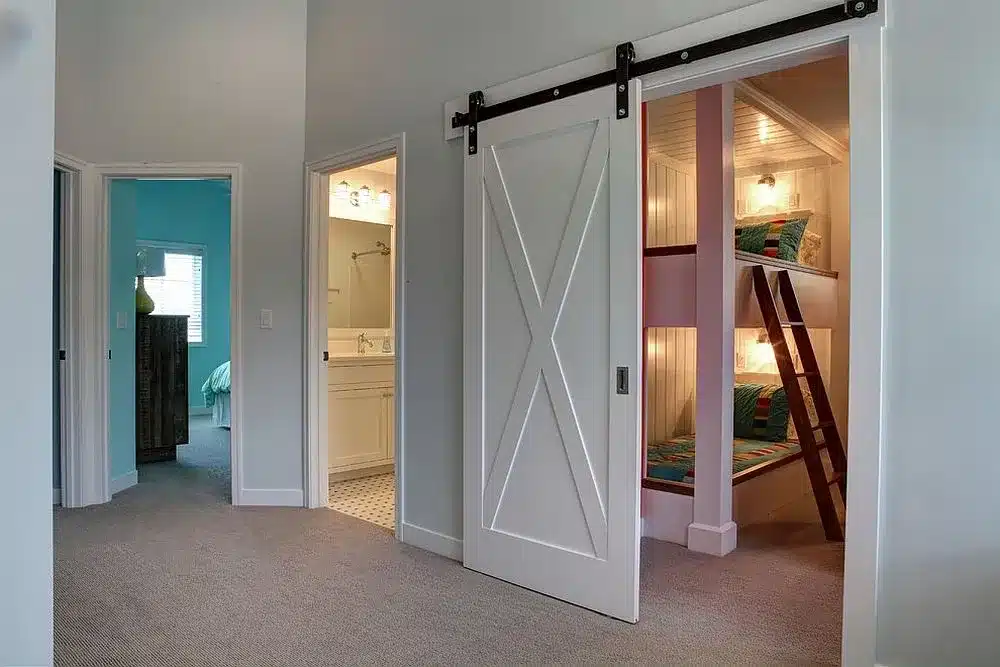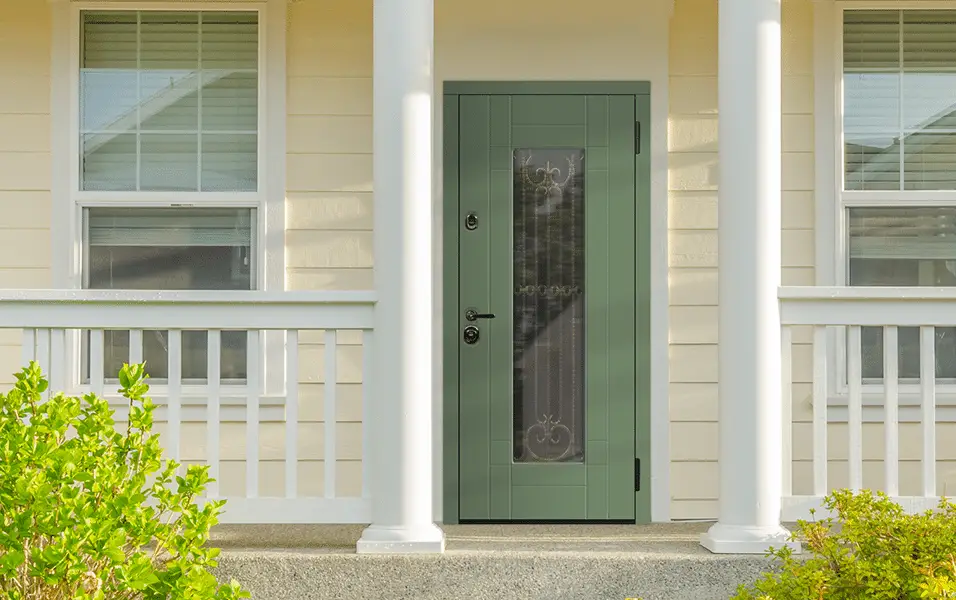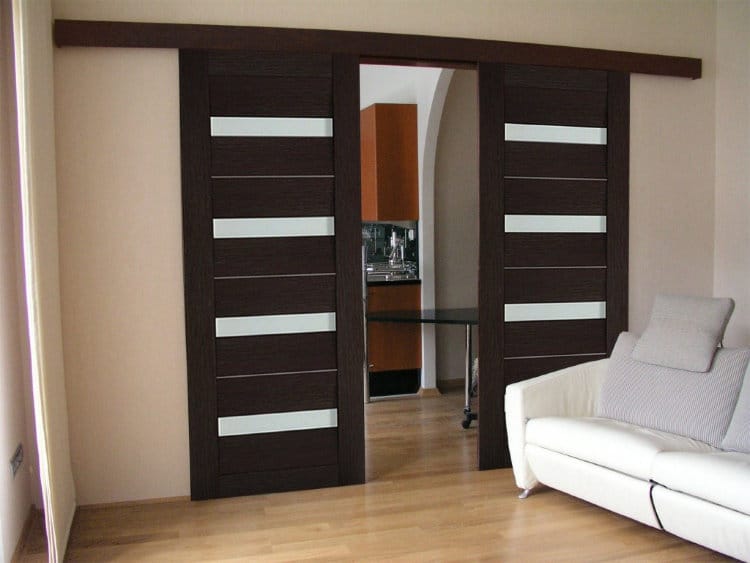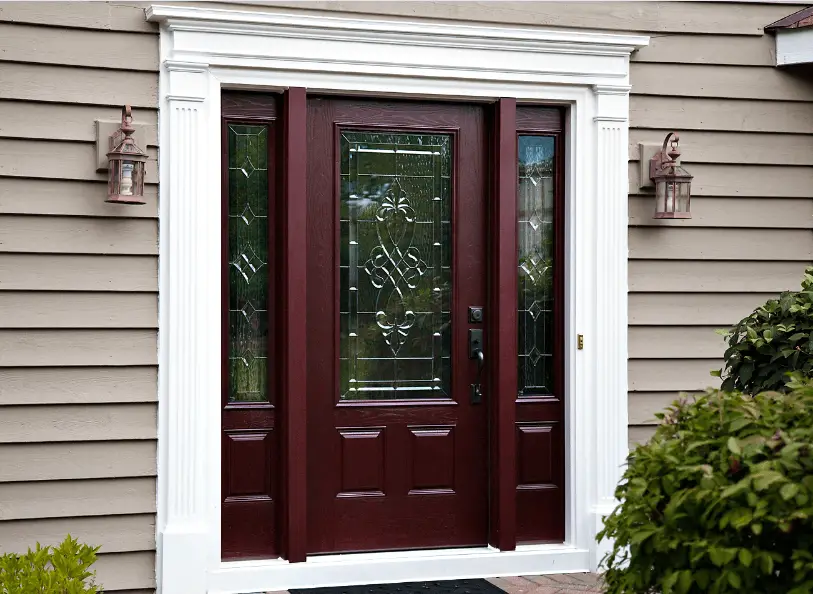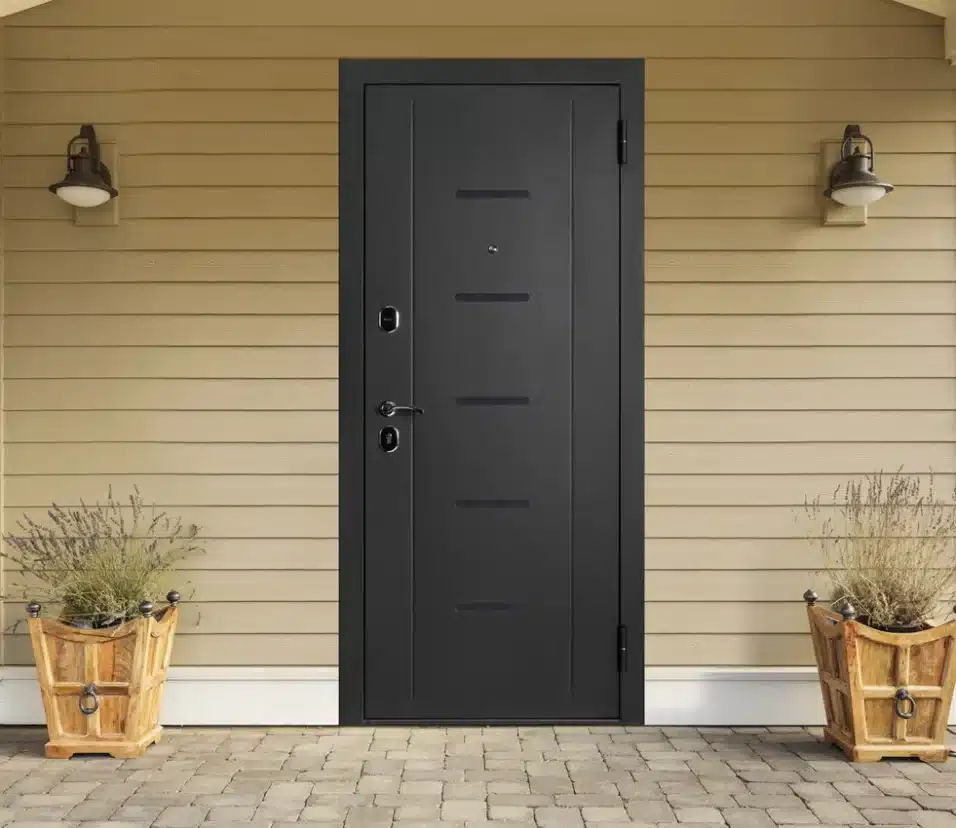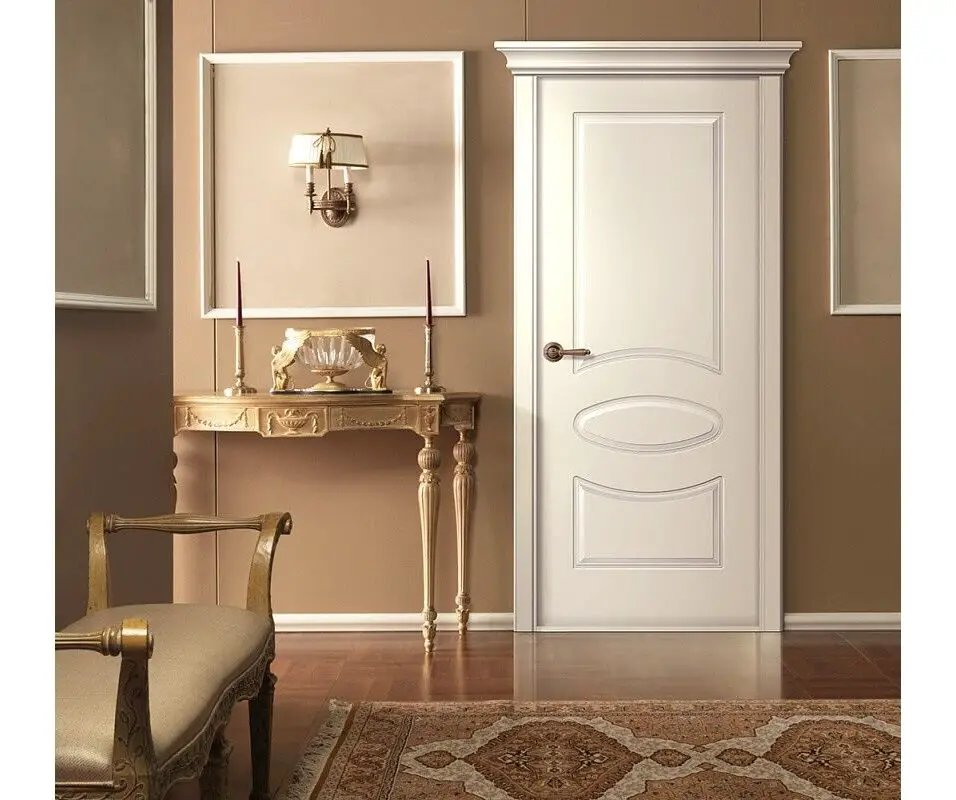How To Build An Exterior Metal Sliding Barn Door
Introduction
How To Build An Exterior Metal Sliding Barn Door: Welcome to the comprehensive guide on crafting your very own exterior metal sliding barn door—a perfect fusion of functionality, durability, and aesthetics. Whether you’re aiming to amplify the rustic charm of your outdoor spaces or seeking a modern twist on a classic design, this guide will walk you through the intricate process of creating a statement piece that seamlessly marries form and function.
Exterior metal sliding barn doors have emerged as a versatile and captivating addition to homes, offering not only an element of visual intrigue but also pragmatic solutions for optimizing space and enhancing security. From providing sheltered storage for outdoor equipment to delineating expansive openings with style, these doors offer a myriad of possibilities for elevating your property’s appeal.
In this guide, we embark on a journey of craftsmanship. You’ll be introduced to the materials, tools, and techniques required to bring your envisioned metal sliding barn door exterior to life. From selecting the right metal that aligns with your design aesthetic and climate demands, to mastering the assembly of sliding hardware for smooth functionality, we leave no detail unaddressed.
Whether you’re an experienced DIY enthusiast or a novice venturing into the world of metalwork, our step-by-step instructions are designed to cater to all skill levels. As we delve into the art of building an exterior metal sliding barn door, prepare to acquire the skills and knowledge that will empower you to transform your outdoor spaces while adding a touch of sophistication to your abode.
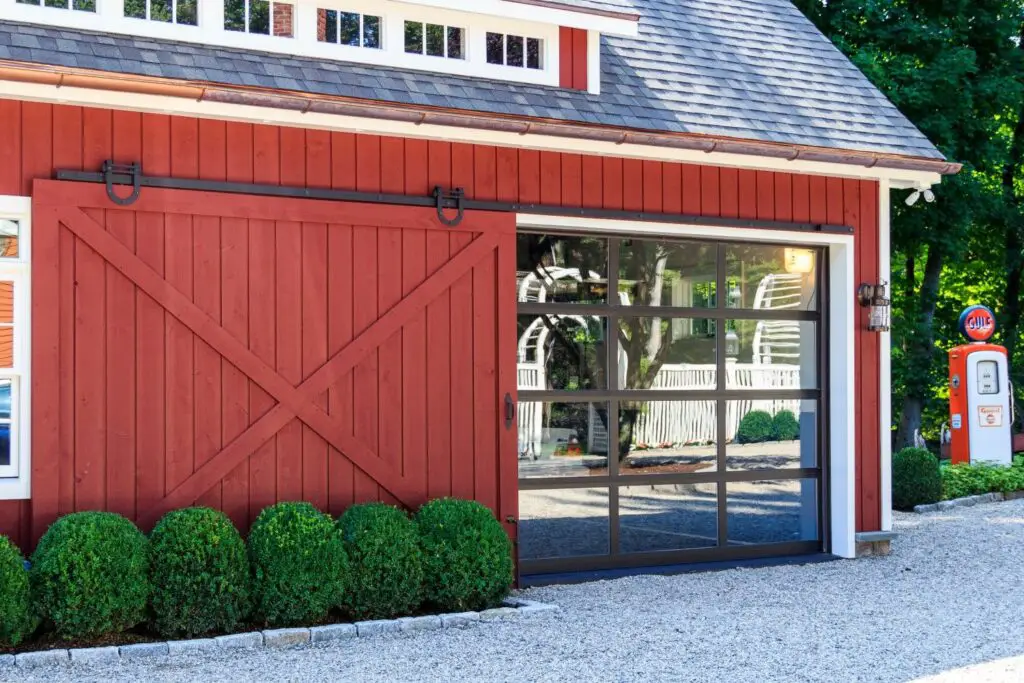
Can sliding barn doors be used for exterior?
1. Outdoor Entryways. Exterior barn door hardware can be utilized in any outdoor space. Not only does it look impressive, but because exterior sliding barn door hardware is built to last, you’re sure to impress family and friends with the longevity of your sliding barn door and the hardware you choose.
When opting for exterior sliding barn doors, it’s crucial to select materials and finishes that can withstand outdoor conditions. Exterior-grade wood, such as cedar or redwood, is a popular choice due to its natural resistance to decay and insects. Alternatively, you can choose metal doors like steel or aluminum, which are highly durable and offer excellent protection against the elements.
Additionally, the hardware used for exterior barn doors should be of high quality and designed to resist corrosion. Proper sealing and insulation are also essential to prevent drafts, moisture intrusion, and temperature fluctuations. These doors should ideally be installed by professionals who can ensure a secure fit and proper weatherproofing.
In summary, sliding barn doors can be used for exterior applications, but it’s vital to select the right materials, hardware, and installation methods to ensure they can withstand outdoor conditions effectively.
What are exterior barn doors made of?
Cedar, teak and bamboo are excellent choices for outdoor-rated barn door material. The most common material for barn doors is solid wood, but there are many barn doors being made out of composite woods as well as hollow core barn doors and even plywood barn doors.
Exterior barn doors are typically crafted from materials that can withstand outdoor elements and provide durability and longevity. Here are some common materials used for exterior barn doors:
- Wood: Cedar, redwood, and cypress are popular choices for wooden exterior barn doors. These woods are naturally resistant to decay and insects, making them suitable for outdoor use. Proper sealing and finishing are essential to enhance their weather resistance.
- Metal: Steel and aluminum are excellent choices for exterior barn doors due to their strength and durability. They can resist harsh weather conditions and provide added security. Powder coating or paint can protect metal doors from corrosion.
- Fiberglass: Fiberglass doors are another option for exterior use. They are lightweight, low-maintenance, and can mimic the appearance of wood. Fiberglass is highly resistant to moisture and temperature changes.
- Composite: Composite materials, which often combine wood fibers and resin, can be used for exterior barn doors. They offer the look of wood with increased durability and resistance to rot and pests.
- Vinyl: Vinyl barn doors are low-maintenance and resistant to moisture and insects. However, they may not have the same aesthetic appeal as wood or metal.
The choice of material depends on factors like budget, aesthetics, and the specific environmental conditions the door will face. Proper sealing, finishing, and weatherproofing are crucial for maintaining the longevity and performance of exterior barn doors.
How do you waterproof a sliding barn door?
Sealing up the barn door requires two kinds of seals: compression seals on the ends and sliding seals along the top and bottom. Compression seals are the easiest to install and can be rubber or foam strips. The rubber strips, used for garage doors, are more durable but more expensive.
Waterproofing a sliding barn door is essential to protect it from moisture and ensure its durability, especially for exterior use. Here’s a step-by-step guide on how to waterproof a sliding barn door:
- Choose the Right Material: Start by selecting a door material that is naturally resistant to moisture, such as cedar or redwood for wood doors, or consider using a metal or fiberglass door.
- Sealing and Priming: Before applying any finish, make sure the door is clean and dry. Apply a wood sealer or primer to all surfaces, including the edges and cut ends, to prevent moisture penetration.
- Apply a Weatherproof Finish: Use a high-quality exterior paint, stain, or varnish designed for the chosen material. Multiple coats may be necessary for complete coverage and protection. Pay special attention to the top and bottom edges of the door, as these are vulnerable points.
- Seal Joints and Cracks: Seal any gaps or cracks in the door using weatherstripping or a silicone-based caulk. This prevents water from seeping into the door.
- Hardware Considerations: Ensure that the hardware, including the track and rollers, is rust-resistant and designed for outdoor use. Lubricate moving parts regularly to prevent corrosion.
- Proper Installation: Proper installation is crucial. Make sure the door is installed level and plumb to prevent water from pooling on its surface. Use a threshold or sweep on the bottom to divert water away from the door.
- Regular Maintenance: Inspect the door periodically for any signs of wear, peeling finish, or damage. Address any issues promptly to maintain its waterproofing.
- Overhang or Shelter: If possible, provide an overhang or shelter to protect the sliding barn door from direct exposure to rain and harsh weather conditions.
By following these steps and regularly maintaining your sliding barn door, you can effectively waterproof it and extend its lifespan.
Should barn doors be solid or hollow?
Solid wood is better at soundproofing than a hollow-core door, and the thicker the door, the better. But one of the most important things that willmake barn doors more private is making the door overlap the opening. We recommend adding at least 1” overlap on each side, but 2” is even better.
The choice between solid or hollow barn doors depends on various factors, including your design preferences, budget, and the intended use of the door. Both solid and hollow barn doors have their advantages and disadvantages.
Solid Barn Doors:
- Strength and Durability: Solid barn doors are generally more robust and durable than hollow doors. They can withstand more wear and tear and provide better insulation and soundproofing.
- Aesthetics: Solid doors often have a more authentic and rustic appearance, making them a popular choice for traditional or farmhouse-style designs.
- Privacy: Solid doors offer greater privacy because they block sound and prevent light from passing through.
Hollow Barn Doors:
- Cost: Hollow doors are typically more budget-friendly than solid doors. They are a cost-effective option if you’re working with limited funds.
- Lightweight: Hollow doors are lighter and easier to handle during installation.
- Versatility: They can be a suitable choice for interior barn doors where insulation and soundproofing may not be as critical.
- Customization: Hollow doors can be easier to modify or customize because they are lighter and have less material to work with.
Ultimately, the decision between solid and hollow barn doors should be based on your specific needs and preferences. If you prioritize durability, insulation, and aesthetics, solid doors may be the better choice. However, if budget and ease of installation are your main concerns, hollow doors can be a practical option.
How much space is needed for a sliding barn door?
Wall Space: Each of the doors will need the same amount of wall space as the width of the door.
Here are some general guidelines:
- Door Size: The width of the door should be at least equal to the width of the opening you want to cover. For a standard single barn door, this could be around 36 to 42 inches. Double barn doors would typically require twice that width, around 72 to 84 inches. The height of the door should generally be about 1 to 2 inches taller than the opening to ensure adequate coverage.
- Hardware Clearance: Sliding barn doors require a track and roller system. The track should extend at least as wide as the door to allow it to slide fully open. Typically, the track is twice the width of the door, so for a 36-inch door, you’d need a 72-inch track. Additionally, you’ll need space on one side of the door for the door to slide open. This clearance should be about the same width as the door to allow it to move freely.
- Wall Space: Consider the space on the wall where the door will rest when it’s fully open. Make sure there are no obstructions like light switches, outlets, or furniture that would interfere with the door’s movement.
- Ceiling Height: Ensure that you have sufficient ceiling height to accommodate the track and the door. The track is typically mounted a few inches above the door frame. Measure from the top of the door frame to the ceiling to ensure there’s enough clearance.
In summary, the space needed for a sliding barn door includes the door’s width, the track system’s width, clearance on one side for the door to slide open, and clearance above the door for the track. The specific dimensions will vary based on your door and hardware choices.
What is barn door design?
A barn door is different from a swinging door because it doesn’t require hinges on the side and a door jamb to function. Instead of hinges a barn door lays flat against the wall and has two rollers attached to the top of the door which roll along a track.
Barn door design refers to the aesthetic and functional elements that make up sliding barn doors. It encompasses various aspects of the door’s appearance, style, and construction.
Here are some key elements of barn door design:
- Material: Barn doors can be made from various materials, including wood, metal, glass, or a combination of these. The choice of material affects the door’s appearance and functionality.
- Finish: The finish of the door, whether it’s stained, painted, or left natural, contributes to its overall design. Finishes can range from rustic and weathered to sleek and modern.
- Hardware: The type and style of hardware, such as handles, pulls, and rollers, play a significant role in barn door design. Hardware can be rustic, industrial, or contemporary, depending on your preference.
- Design Elements: Barn doors often feature design elements such as X or Z braces, which are both decorative and functional, as they help stabilize the door. Panels, glass inserts, or metal accents can also be incorporated for added visual interest.
- Color and Stain: The color or stain of the door can be customized to match the room’s decor or create a contrasting focal point.
- Track Style: The track that the door slides on can be exposed or concealed within a valance, which impacts the door’s appearance. Exposed tracks contribute to a more rustic look, while concealed tracks offer a cleaner, more contemporary appearance.
- Size: The size of the door, whether it’s a single or double door, and its dimensions in relation to the opening it covers, are critical design considerations.
- Functionality: Design also encompasses how the door functions. Some barn doors are purely decorative, while others are fully functional and provide privacy and separation between spaces.
In essence, barn door design is a blend of aesthetics, materials, hardware, and functionality, and it can be tailored to suit various interior styles, from rustic farmhouse to modern industrial.
What is the minimum size for a barn door?
If your width is 28” to 34”, we recommend you use a 36” wide barn door. If it is 34” to 40”, you’ll want one that’s at least 42” wide. Next, measure the height of your door opening. Place the tape measure on the floor and using your step stool, reach up to the flat underside at the top of your opening.
The minimum size for a barn door depends on its intended use and the specific dimensions of the doorway or opening it will cover. However, there are some general guidelines to consider:
- Width: For a single barn door, the minimum width is typically around 24 inches to 30 inches. This size allows for enough space for the door to be functional while covering the opening adequately.
- Height: The minimum height for a barn door is usually about 78 inches to 80 inches.
- Double Barn Doors: For twin barn doors, each door should be 18–24 inches wide. This means that the combined width of the two doors should cover the entire opening.
It’s essential to measure the specific opening where you plan to install the barn door to determine the appropriate size. Additionally, consider the hardware and track system, which will add to the overall width and height requirements. Keep in mind that larger openings may require larger doors for adequate coverage.
What can I use instead of a barn door?
As social distancing and room dividers become more popular, companies are turning to sliding glass doors as the perfect barn door alternative. Sliding glass doors allow for private separation without blocking precious views and daylighting.
If you’re looking for alternatives to a barn door for various reasons, such as space limitations or a different design aesthetic, several options are available:
- Pocket Doors: Pocket doors slide into the wall, making them an excellent space-saving option. They’re ideal for areas where a swinging door might be impractical.
- French Doors: French doors consist of two hinged doors that swing open. They add a classic and elegant touch to a room and provide a wide opening for access.
- Sliding Panel Track Blinds: These are typically used for large windows or sliding glass doors, but they can also be used as room dividers. They consist of fabric or wood panels that slide along a track.
- Bypass Sliding Doors: These doors slide on tracks like barn doors but bypass each other, allowing you to access one side of the opening at a time. They work well for closets and room dividers.
- Accordion Doors: Accordion doors fold like an accordion when opened and can be a flexible solution for room separation.
- Traditional Swing Doors: Sometimes, the simplest solution is the best. Traditional hinged doors come in various styles and can be customized to fit your design preferences.
- Curtains or Drapes: For a more lightweight and budget-friendly option, consider using curtains or drapes to separate spaces. They offer flexibility in terms of color, pattern, and opacity.
The choice of alternative doors or room dividers depends on your specific needs, space constraints, and design preferences. Each option has its advantages and can be customized to suit your style and functional requirements.
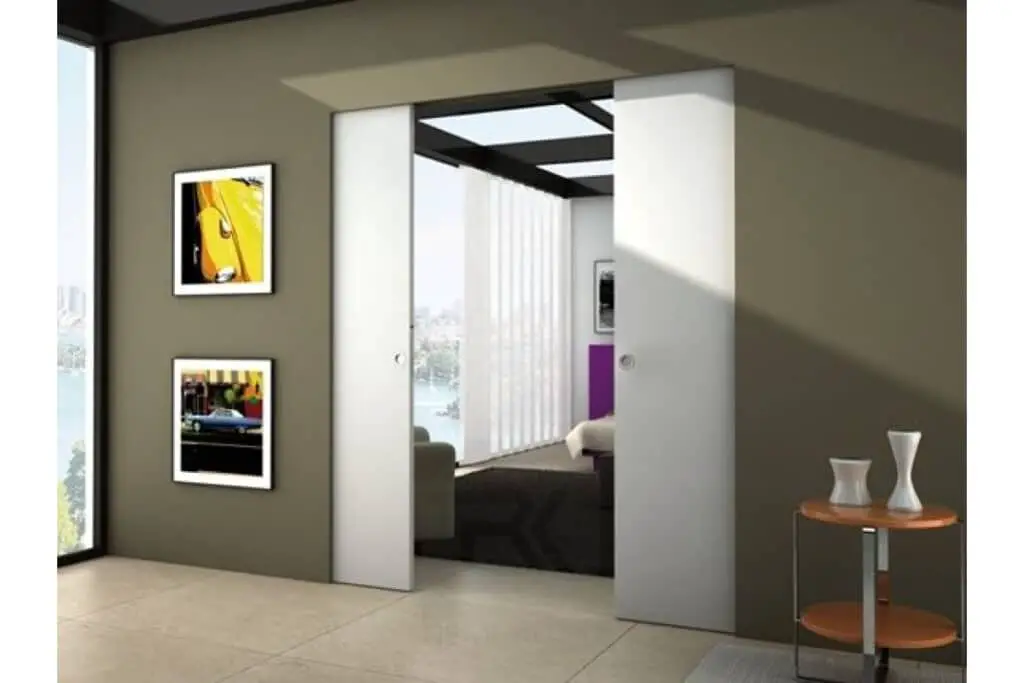
Conclusion
You are on the verge of a great achievement—a monument to your imagination, competence, and drive to improving your living spaces—by making your own outside metal sliding barn door. You’ve built a beautiful and practical door for your home and taken delight in your work.
Your newly built exterior metal sliding barn door is more than just an assembly of materials; it’s a manifestation of your vision and an embodiment of both form and utility. Its presence will undoubtedly redefine the aesthetic appeal of your outdoor areas while providing practical solutions for storage, access, and security.
As you admire your completed project, remember that the skills you’ve acquired extend beyond this particular endeavor. The ability to conceptualize, plan, and execute a construction project of this nature is an invaluable asset that can be applied to various aspects of home improvement and beyond.
Regular maintenance and care will ensure that your exterior barn door continues to serve its purpose effectively and retain its allure for years to come. Whether you’ve embarked on this journey as a seasoned DIY enthusiast or a curious novice, the experience has surely expanded your horizons and empowered you to take on future challenges with confidence.Thank you for joining us on this journey of creativity and craftsmanship. May your exterior metal sliding barn door stand as a symbol of your ability to shape your environment and bring your aspirations to life.



